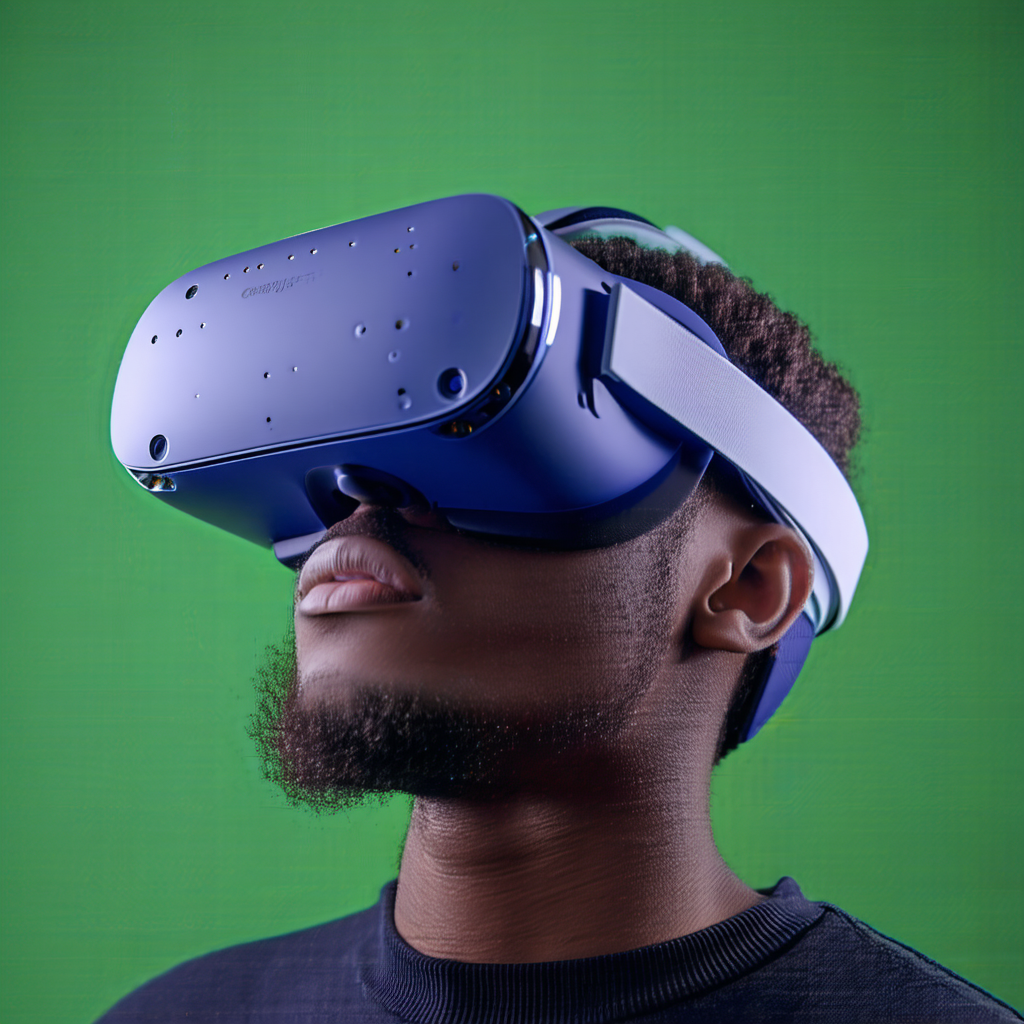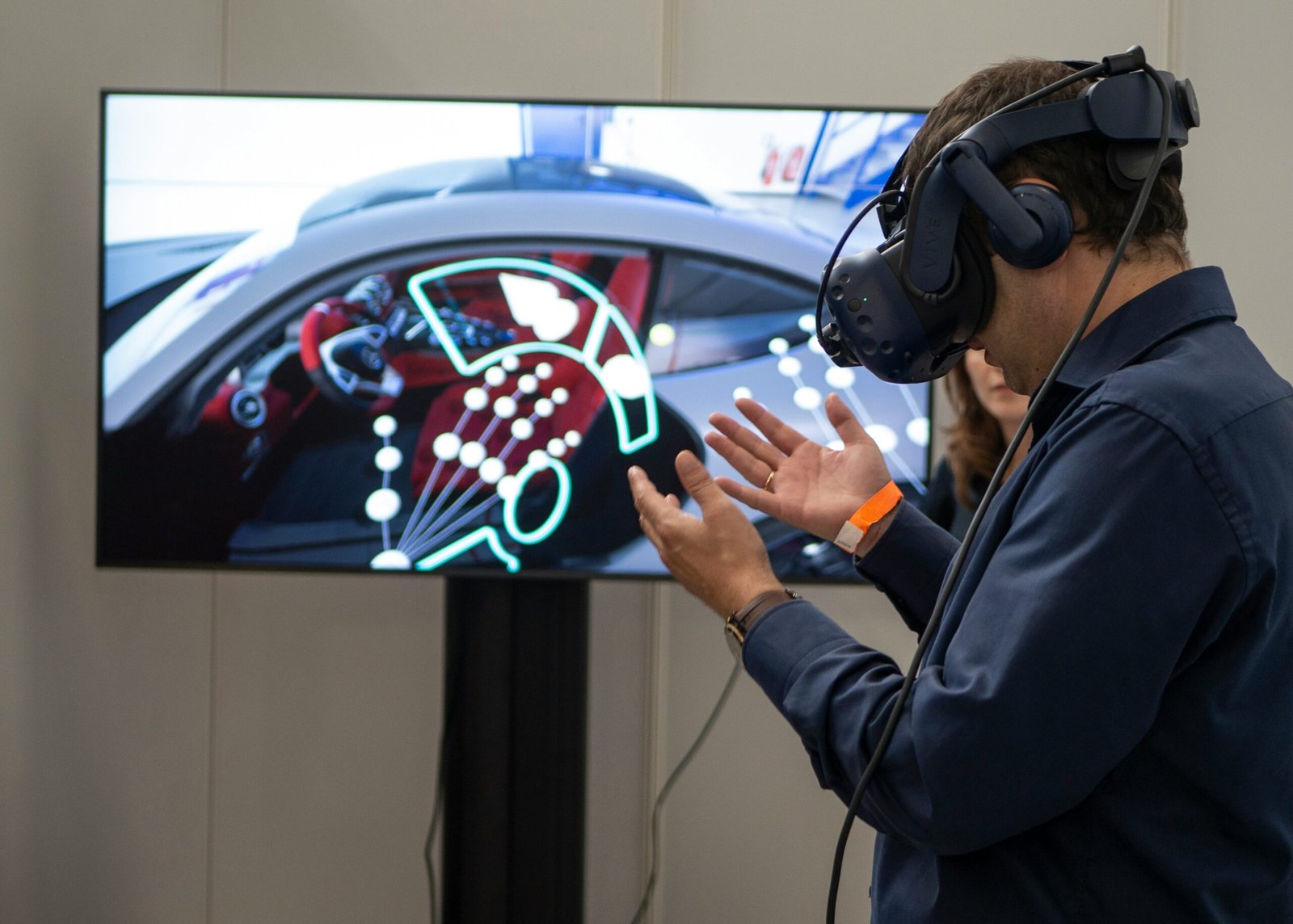Virtual reality (VR) technology has come a long way in recent years, with numerous high-quality headsets available on the market. From gaming to education, VR has the potential to revolutionize various industries and provide immersive experiences for users. In this article, we will compare the top VR headsets on the market, highlighting their features, pros, and cons.
1. Oculus Rift S
The Oculus Rift S is a high-end VR headset developed by Oculus VR, a subsidiary of Facebook. It features advanced graphics, improved ergonomics, and a higher resolution than its predecessor.
- Key Features: 1832 x 1920 resolution per eye, 90 Hz refresh rate, 6DoF tracking, and Oculus Touch controllers.
- Pros: Advanced graphics, improved ergonomics, and seamless integration with Oculus software.
- Cons: Expensive, requires a high-end PC, and limited content available.
2. HTC Vive Pro
The HTC Vive Pro is a high-end VR headset designed for enterprise and professional applications. It features advanced graphics, room-scale tracking, and improved ergonomics.
- Key Features: 1832 x 1920 resolution per eye, 120 Hz refresh rate, 6DoF tracking, and Vive Wands controllers.
- Pros: Advanced graphics, room-scale tracking, and high-quality controllers.
- Cons: Expensive, requires a high-end PC, and complex setup process.
3. PlayStation VR
The PlayStation VR is a mid-range VR headset designed specifically for gaming on the PlayStation 4 and PlayStation 5 consoles.
- Key Features: 1024 x 1024 resolution per eye, 120 Hz refresh rate, 6DoF tracking, and DualShock 4 controllers.
- Pros: Affordable, easy to set up, and seamless integration with PlayStation software.
- Cons: Limited content available, lower resolution than PC-based headsets.
4. Valve Index
The Valve Index is a high-end VR headset developed by Valve Corporation, the company behind the popular Steam gaming platform.
- Key Features: 1832 x 1920 resolution per eye, 120 Hz refresh rate, 6DoF tracking, and Valve Index controllers.
- Pros: Advanced graphics, high-quality controllers, and seamless integration with Steam software.
- Cons: Expensive, requires a high-end PC, and limited content available.
5. Samsung Odyssey+
The Samsung Odyssey+ is a mid-range VR headset designed for gaming and entertainment on PC.
- Key Features: 1440 x 1600 resolution per eye, 90 Hz refresh rate, 6DoF tracking, and Samsung controllers.
- Pros: Affordable, high-quality graphics, and easy to set up.
- Cons: Limited content available, lower resolution than high-end headsets.
Comparison Chart
| Headset | Resolution | Refresh Rate | Tracking | Controllers | Price |
|---|---|---|---|---|---|
| Oculus Rift S | 1832 x 1920 | 90 Hz | 6DoF | Oculus Touch | $399 |
| HTC Vive Pro | 1832 x 1920 | 120 Hz | 6DoF | Vive Wands | $599 |
| PlayStation VR | 1024 x 1024 | 120 Hz | 6DoF | DualShock 4 | $299 |
| Valve Index | 1832 x 1920 | 120 Hz | 6DoF | Valve Index | $499 |
| Samsung Odyssey+ | 1440 x 1600 | 90 Hz | 6DoF | Samsung | $399 |
Conclusion
In conclusion, each of the top VR headsets on the market has its unique features, pros, and cons. The Oculus Rift S and HTC Vive Pro are high-end headsets designed for advanced gaming and professional applications, while the PlayStation VR and Samsung Odyssey+ are mid-range headsets designed for gaming and entertainment. The Valve Index is a high-end headset designed for gaming and content creation on PC. When choosing a VR headset, consider your budget, content requirements, and the level of immersion you desire.


